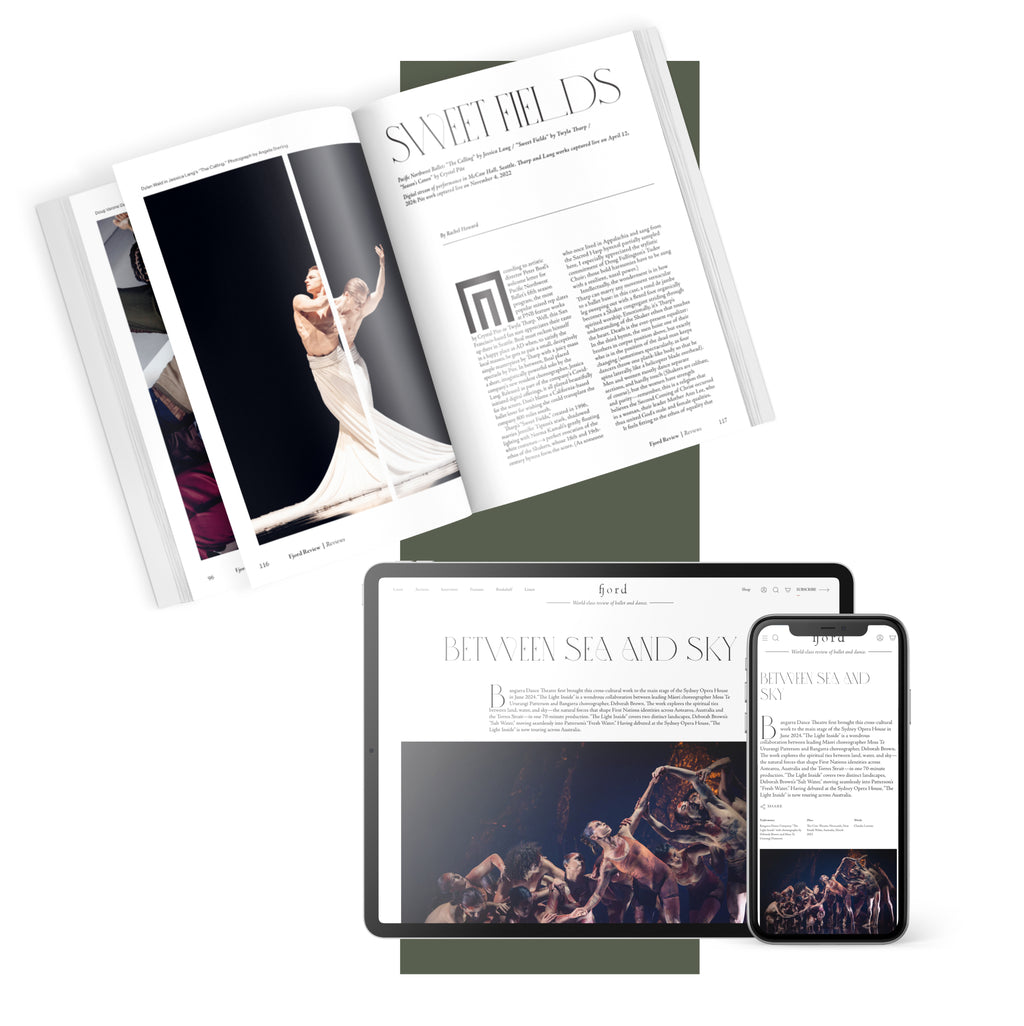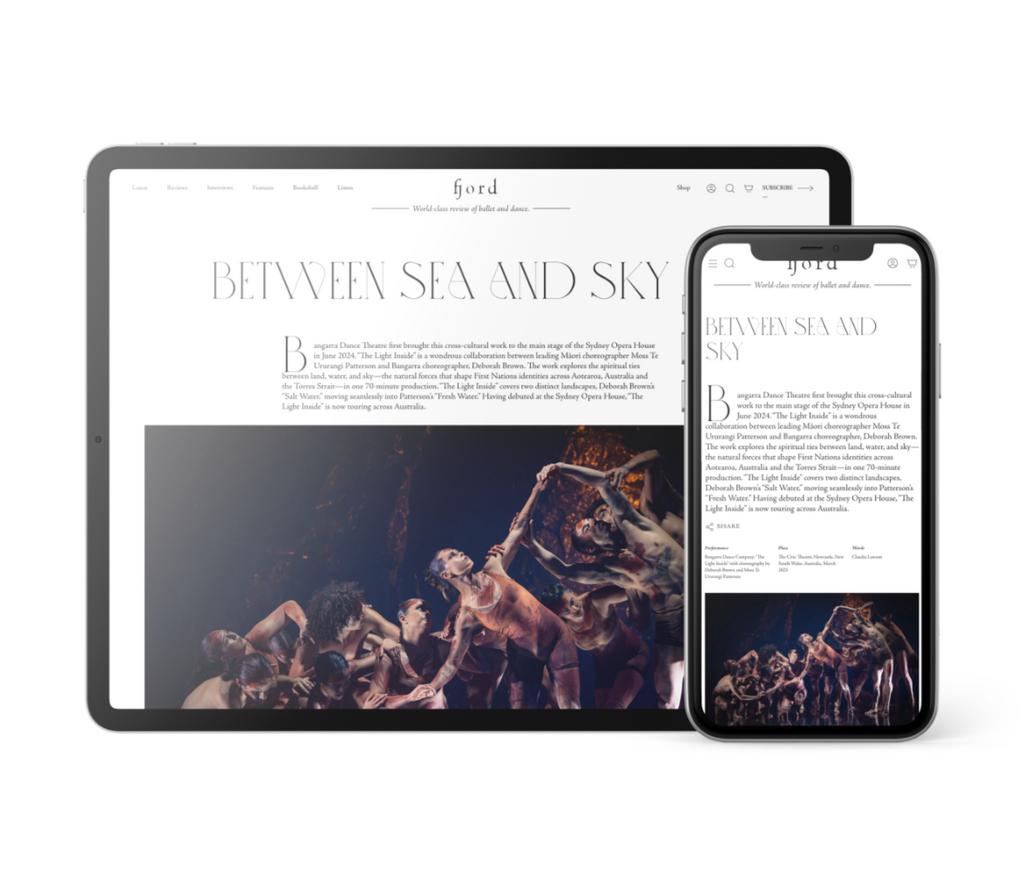“What is she here for? What is she thinking?” “Sara” asked of “Claire” at the top of the show. Both are questions I’ve asked myself about Mearns while in the NYCB audience on and off in recent years. She has sometimes been hesitant where she used to have a take-no-prisoners boldness of attack; and she’s often had a downward gaze and an inward focus in contrast to her former outward confidence. “Don’t Go Home” was therefore an illuminating, and heartbreaking, peek into the challenges Mearns has faced in her wildly successful, unusually paced career. At only 19 years old, she vaulted to the top of the ballet scene practically overnight, excelling in a surprising debut in Peter Martins’s “Swan Lake.” In a conventional ballerina arc, Odette/Odile is a capstone role. One of the problems Mearns has faced is: where do you go after you hit a home run to win the World Series as a rookie?
Initially, her answer to that was to push harder and harder. She tackled and tamed all the crown jewels of the Balanchine canon, and she created monster roles in new repertory, particularly in the works of Alexei Ratmansky (the solos he made for her in “Namouna” and “Pictures at an Exhibition” are grueling feats of strength, technique, and endurance). She frequently posted videos of herself doing punishing gym workouts on Instagram. In her down time, she tried as many other styles of dance as possible, taking on the biggest physical challenges in Modern repertory in the process: including Molissa Fenley’s marathon “Heart of Darkness” solo, and several of Merce Cunningham’s demanding passages.
It has now been twenty years since her “Swan Lake” debut, and it’s hard to sustain that kind of Everest-climbing conquest. And she has often looked more invested in her forays into less bombastic, more introspective dances. I’ve been moved by her performances of Isadora Duncan choreography, the Martha Graham solo “Ekstasis,” Ratmansky’s “Solitude,” the Preghiera of Balanchine’s “Mozartiana,” and Christopher Wheeldon’s gentle “The Two of US,” set to Joni Mitchell. Mearns’s 2022 solo show explored less ostentatious ways of moving, but it was almost too reactionary. She tried to negate all that she had been and erase herself from the spotlight. This City Center show struck a better balance. She wasn’t fighting her gifts and her history; she was considering and adapting them. Best of all, she looked fully present and invested in both works. And, despite the heavy subject matter of “Don’t Go Home,” there was levity to it as well. It was laced with humor—both ironic and slapstick. The piece finished on an optimistic note too, as she put her hand to her heart and said—in voiceover—that she had found “her” again.











comments